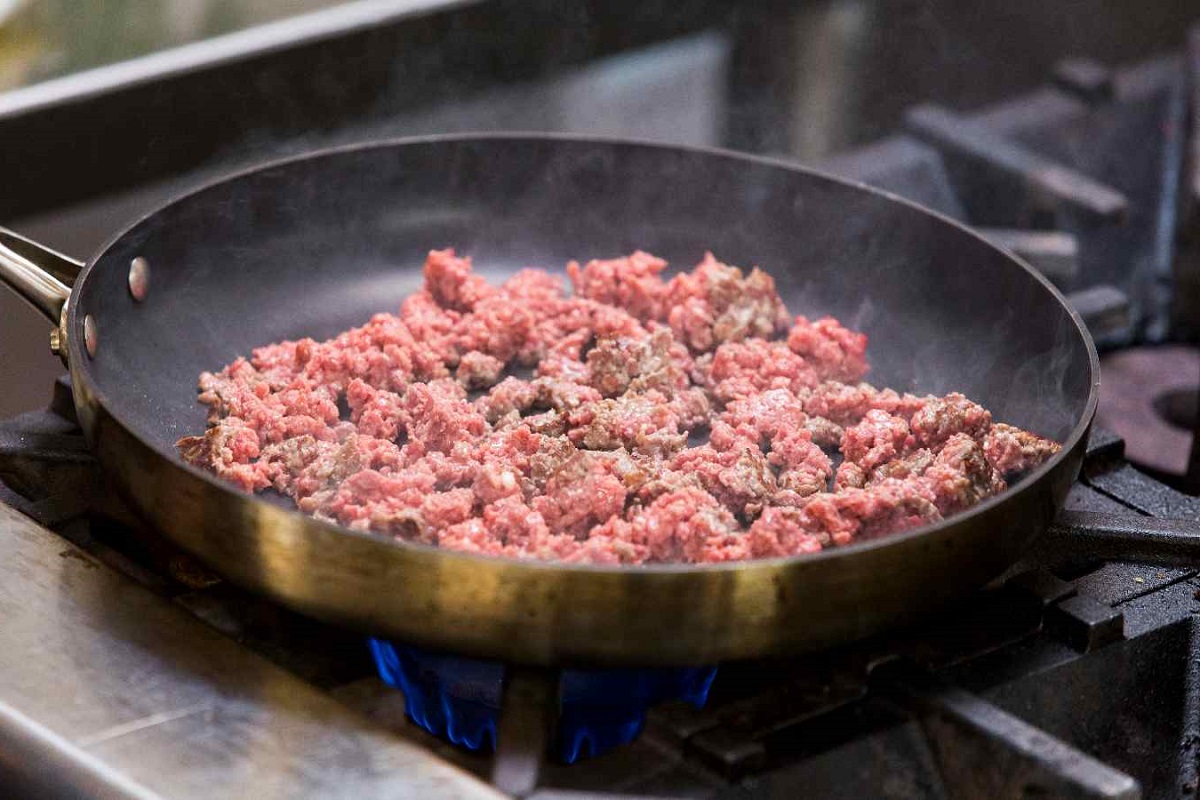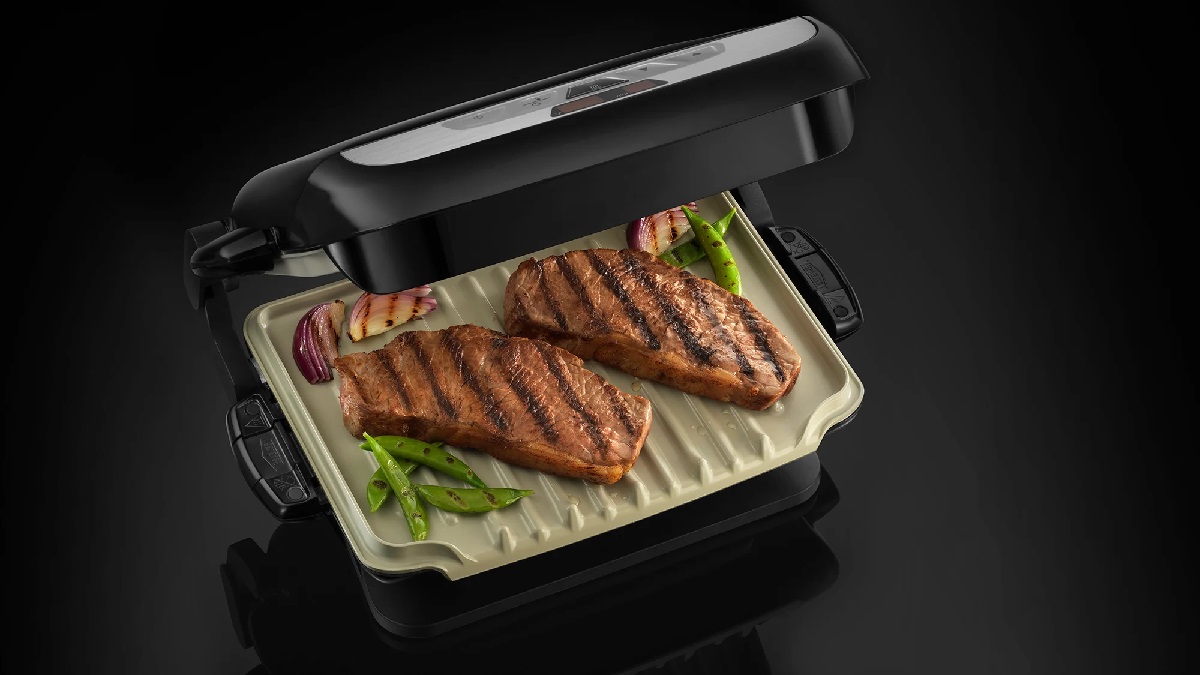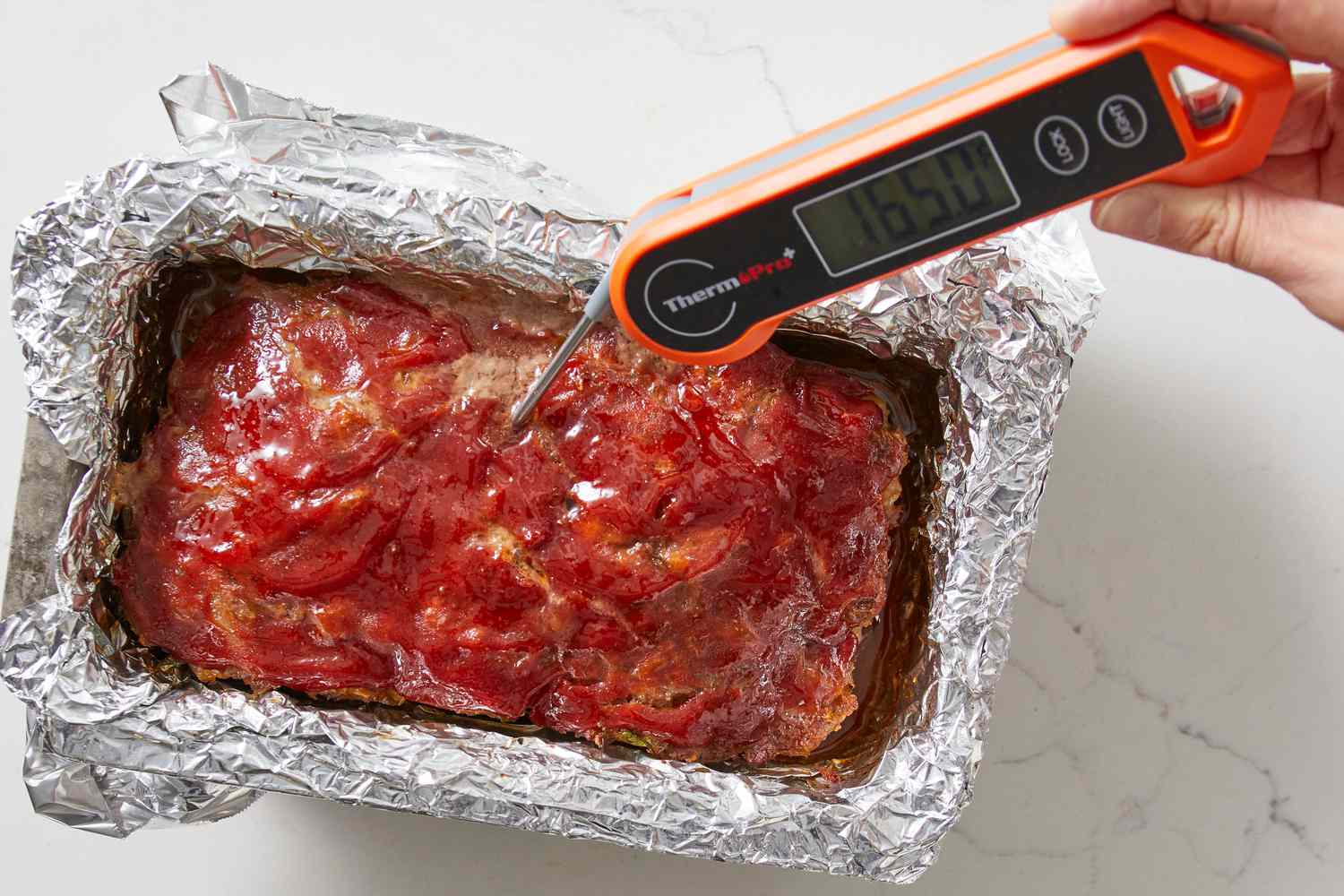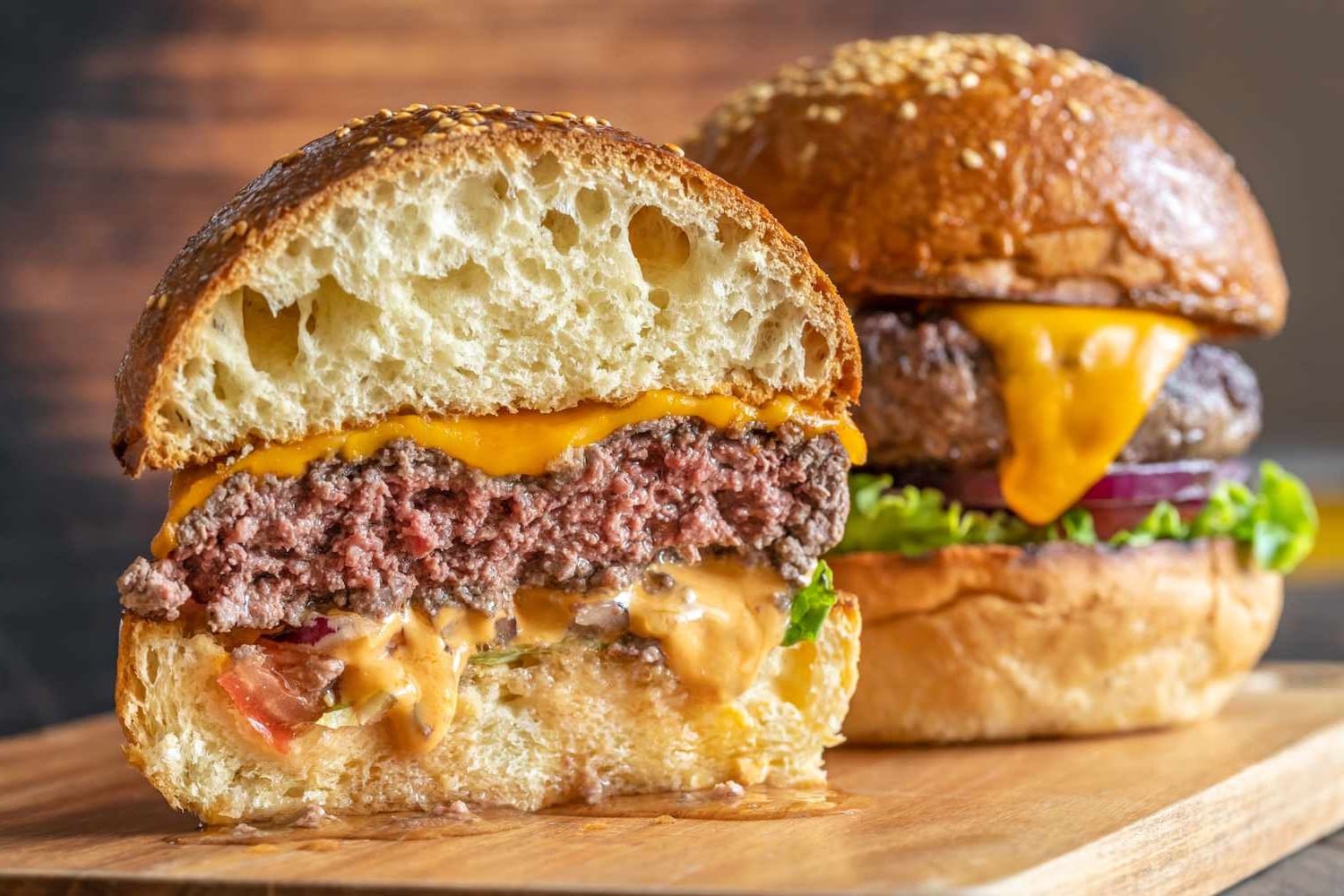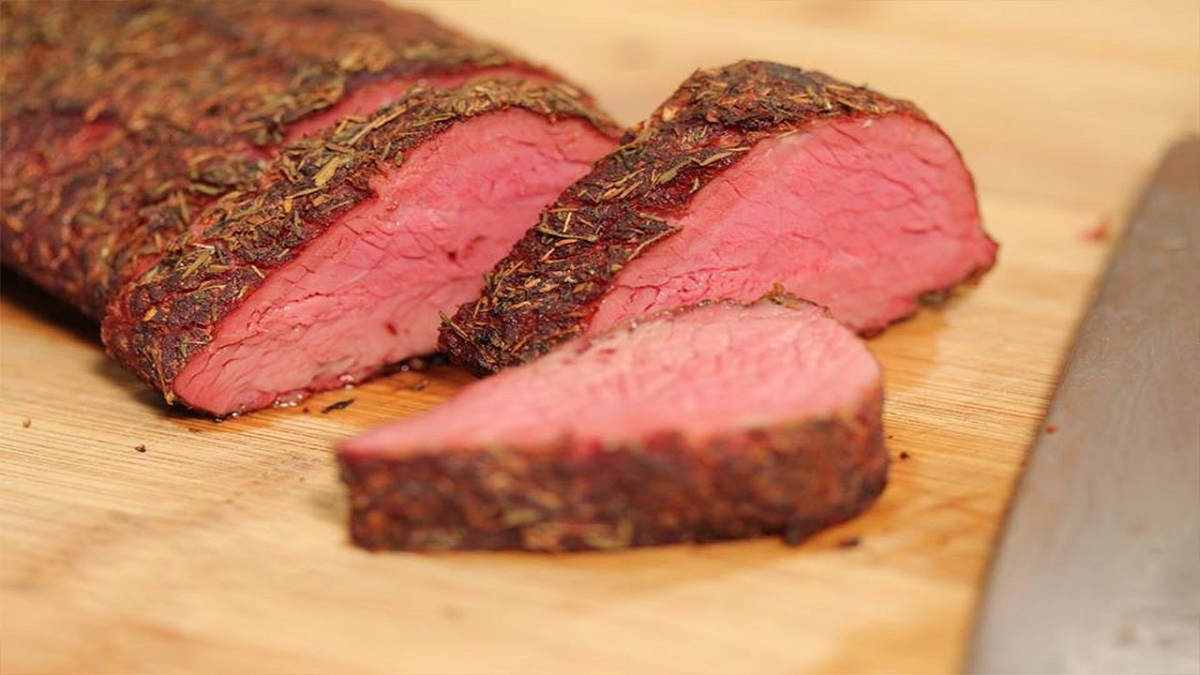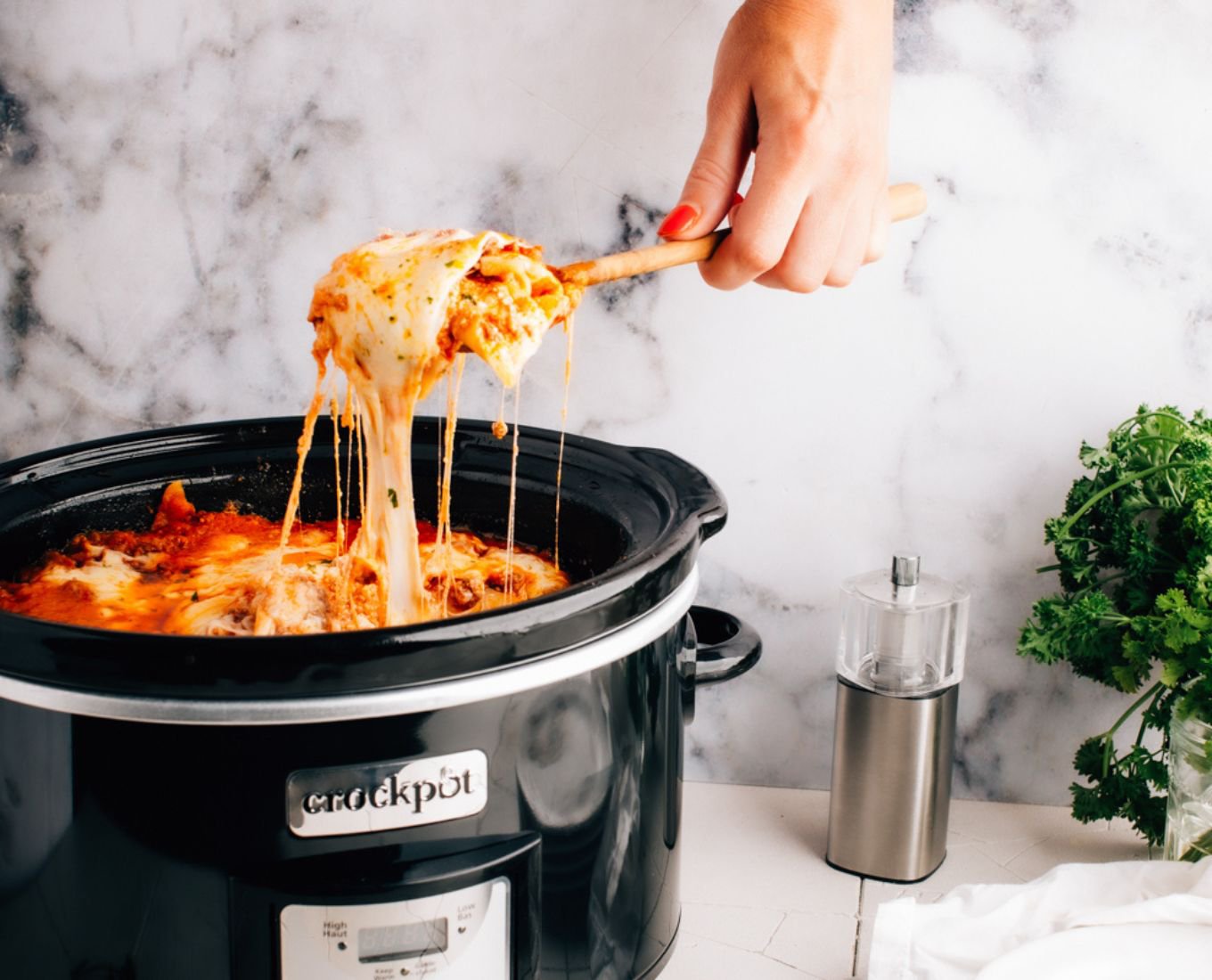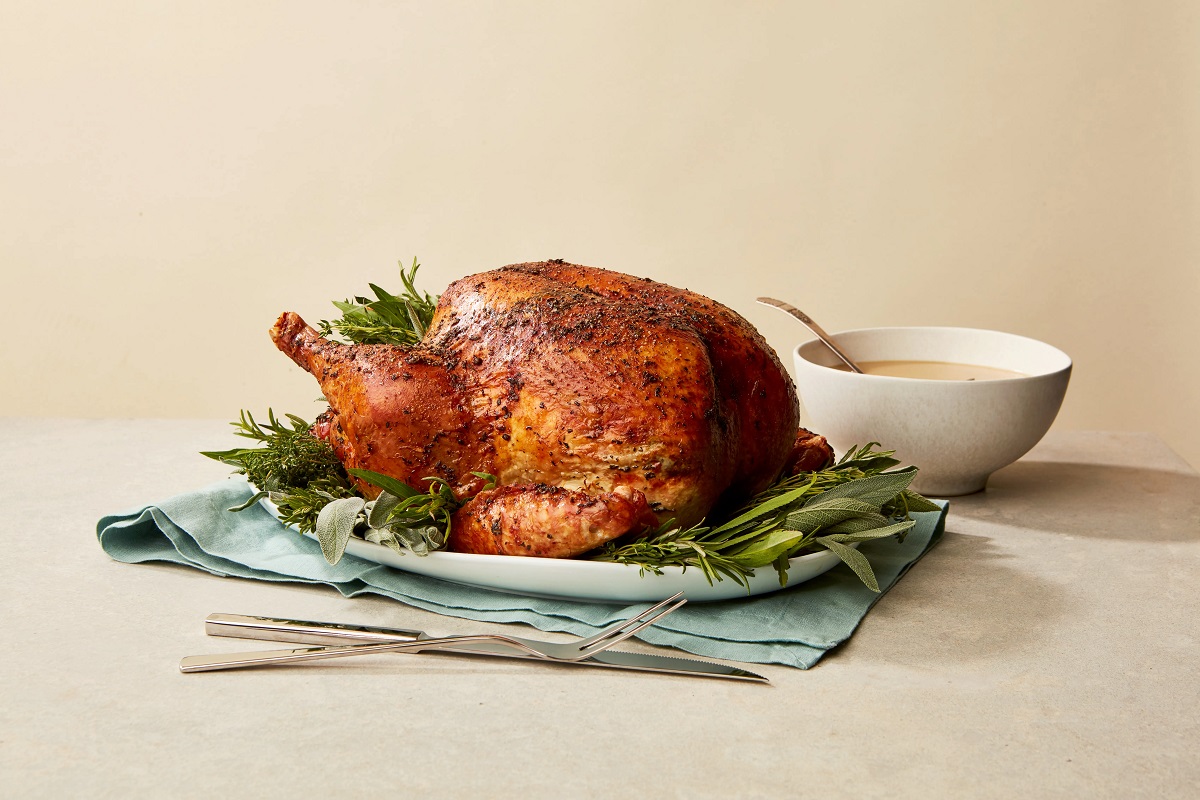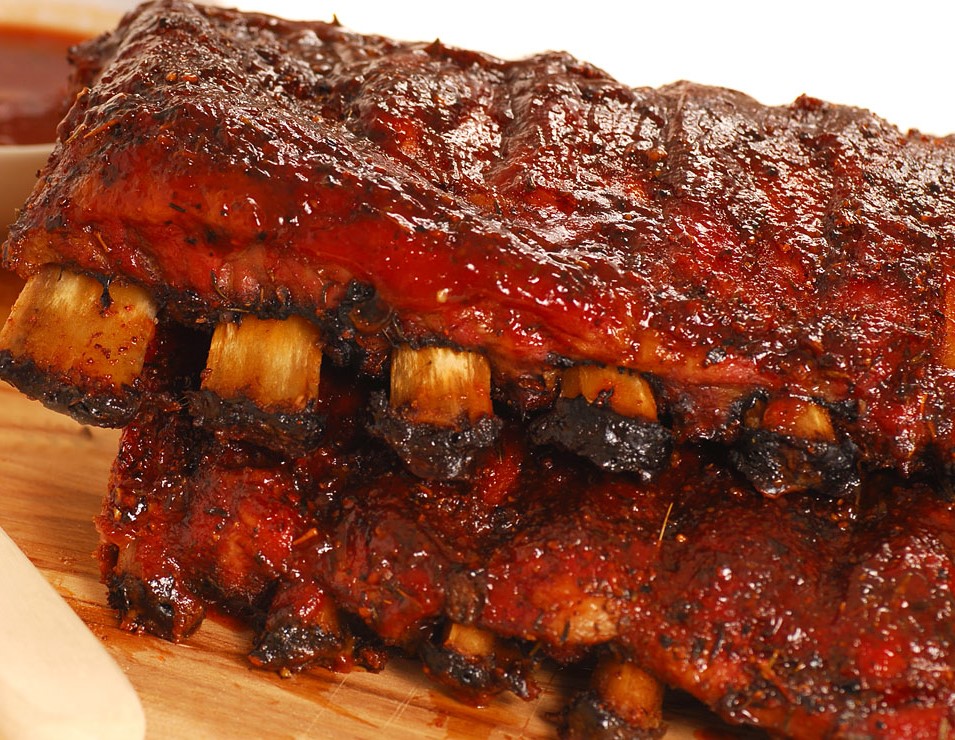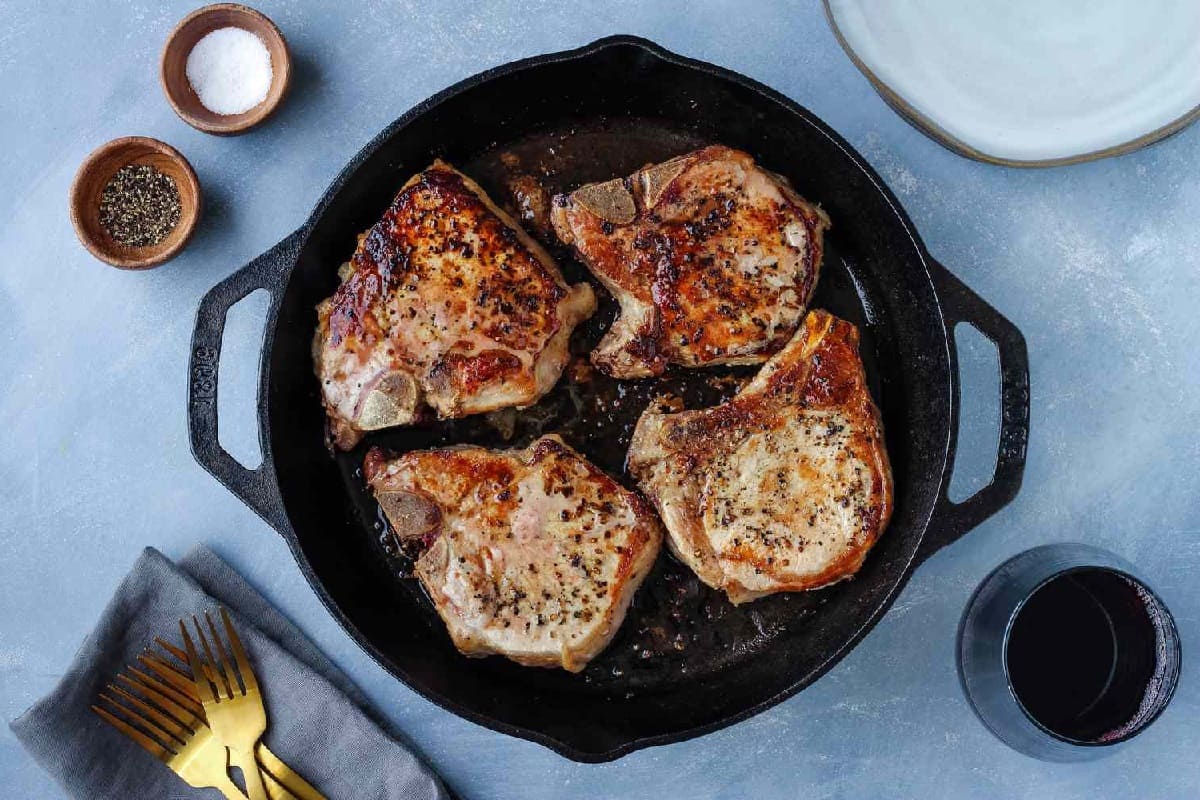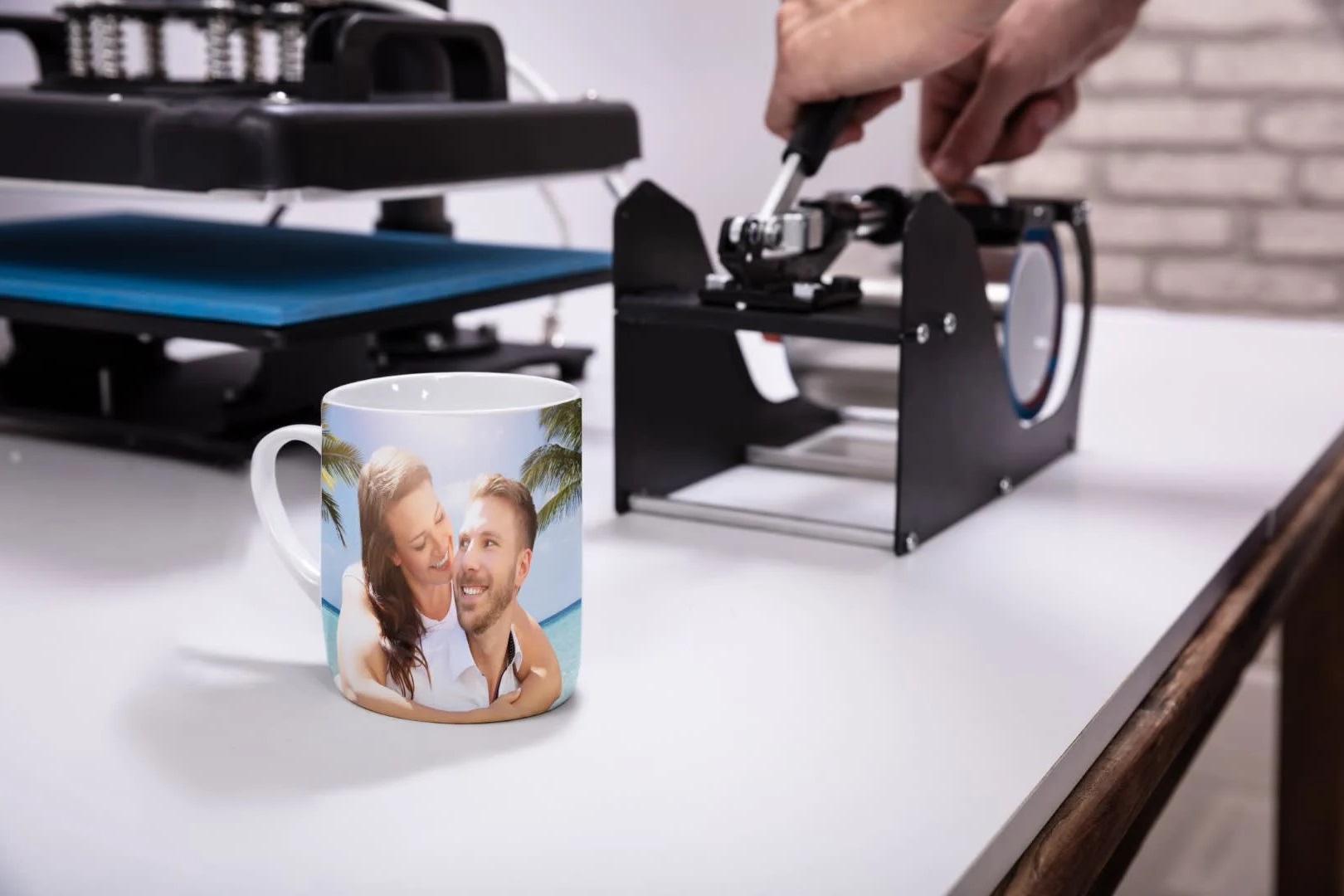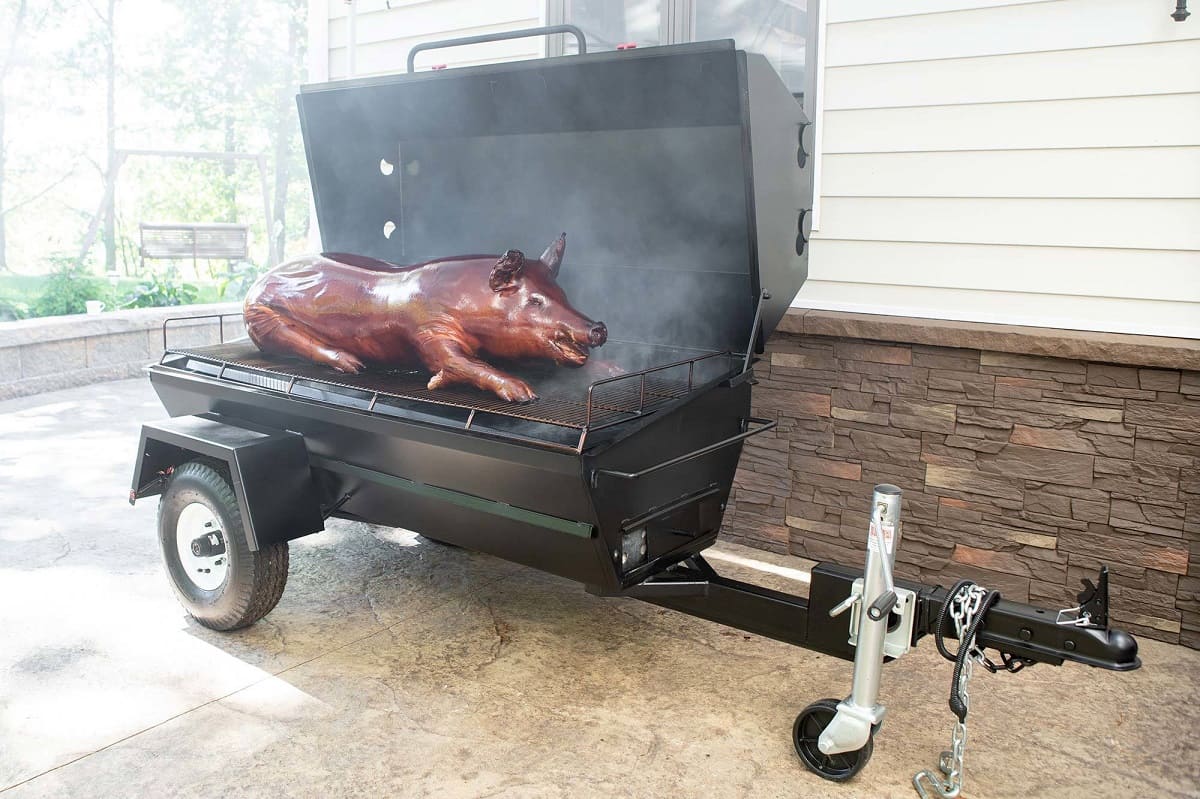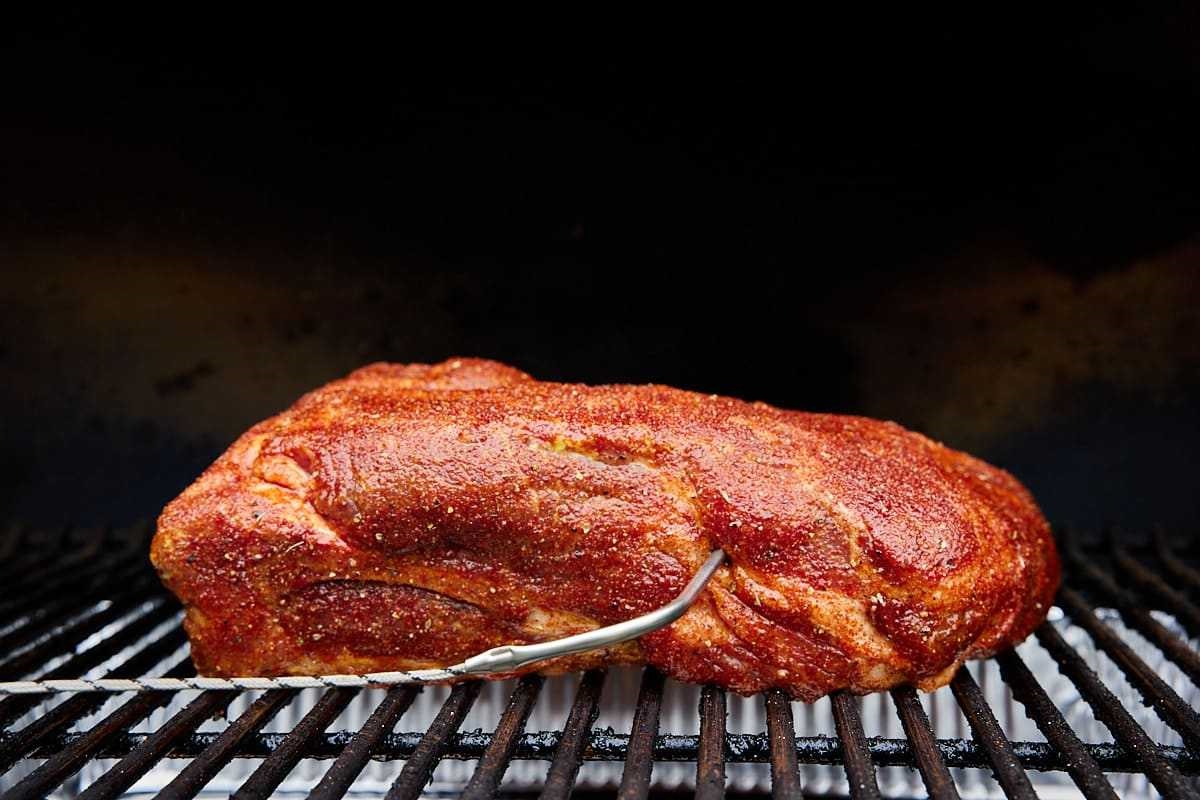Home>Culinary & Beverages>Optimizing Oven Cooking Time For Multiple Dishes
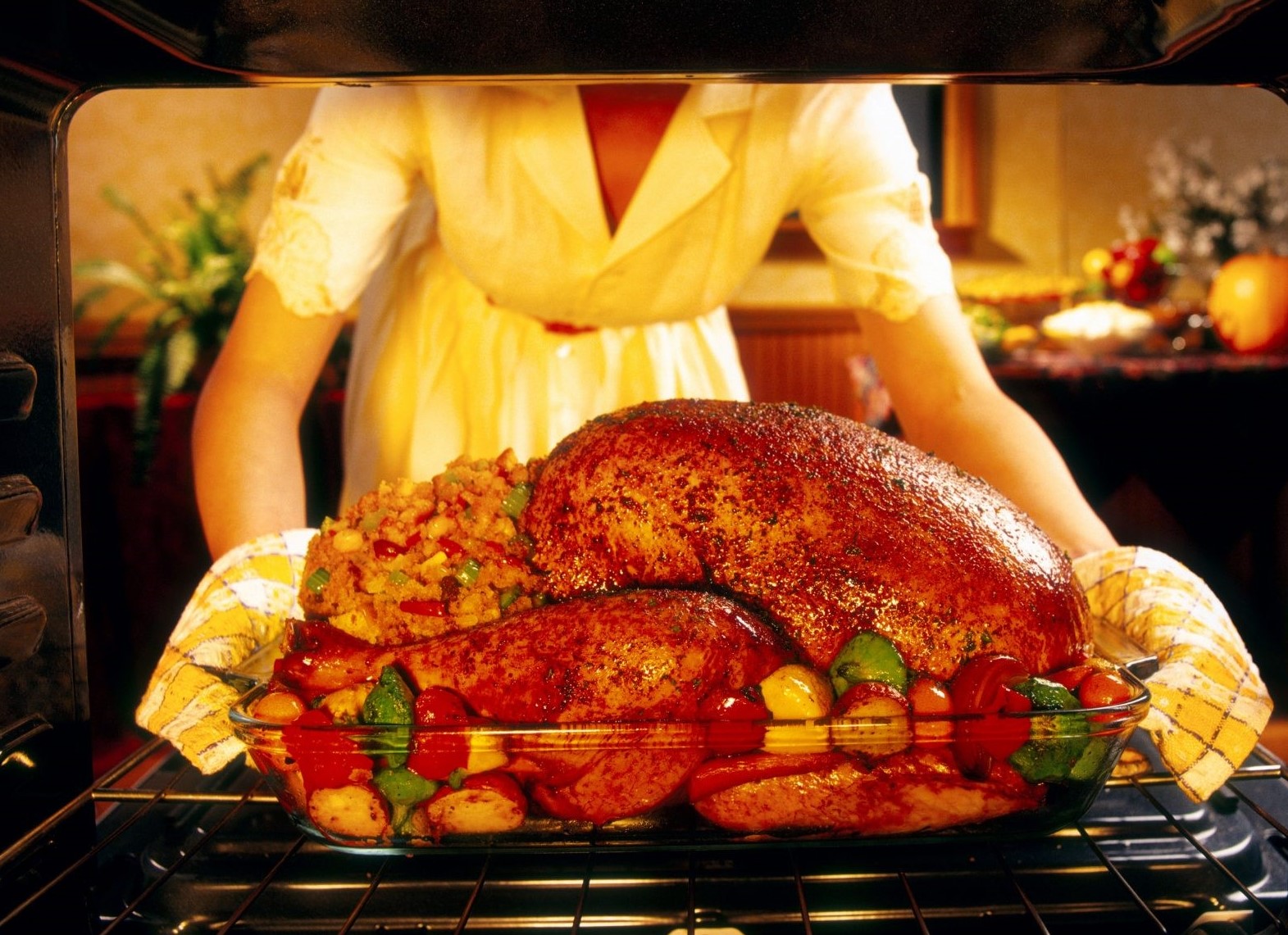

Culinary & Beverages
Optimizing Oven Cooking Time For Multiple Dishes
Published: March 2, 2024
Learn how to optimize oven cooking time for multiple dishes with our expert culinary and beverages tips. Save time and energy with these efficient cooking techniques.
(Many of the links in this article redirect to a specific reviewed product. Your purchase of these products through affiliate links helps to generate commission for Temperatures.com, at no extra cost. Learn more)
Table of Contents
Introduction
Cooking multiple dishes in the oven can be a challenging task, especially when each dish requires different cooking times and temperatures. It's a delicate balancing act to ensure that all the dishes are perfectly cooked and ready to be served at the same time. Whether you're hosting a dinner party or preparing a family meal, optimizing oven cooking time for multiple dishes is essential for a stress-free and successful cooking experience.
In this article, we will explore the various factors that affect oven cooking time, as well as provide practical tips for efficiently cooking multiple dishes. From adjusting temperature and rack placement to utilizing the convection setting for faster cooking, we will delve into the strategies that can help streamline the cooking process and ensure that each dish is cooked to perfection.
By understanding the nuances of oven cooking and implementing effective techniques, you can elevate your culinary skills and master the art of multitasking in the kitchen. Let's embark on this culinary journey and uncover the secrets to optimizing oven cooking time for multiple dishes.
Factors Affecting Oven Cooking Time
When it comes to oven cooking, several factors come into play, influencing the cooking time required for different dishes. Understanding these factors is crucial for achieving culinary success when preparing multiple dishes simultaneously.
-
Dish Type and Size: The type and size of the dish significantly impact the cooking time. For instance, a shallow baking dish will allow for faster heat conduction, resulting in shorter cooking times, while deeper dishes may require more time for the heat to penetrate and cook the food evenly.
-
Ingredients and Moisture Content: The ingredients used in a dish, particularly their moisture content, can affect cooking time. Dishes with higher moisture content, such as stews or casseroles, may take longer to cook compared to drier dishes like roasted vegetables or baked goods.
-
Starting Temperature: The initial temperature of the ingredients or the dish itself can influence cooking time. For example, if ingredients are chilled or frozen, they will require additional time to reach the desired cooking temperature.
-
Oven Temperature Accuracy: The accuracy of the oven's temperature settings plays a critical role in determining cooking time. Variations in temperature can lead to undercooking or overcooking, emphasizing the importance of using an oven thermometer to ensure precise temperature control.
-
Oven Hot Spots: Ovens may have hot spots, where heat is distributed unevenly. Identifying these hot spots and rotating dishes during cooking can help mitigate uneven cooking and ensure consistent results.
-
Altitude and Humidity: Factors such as altitude and humidity levels in the cooking environment can impact oven performance and cooking times. Higher altitudes and humidity may necessitate adjustments to cooking times and temperatures.
By considering these factors, you can gain a deeper understanding of the variables at play when determining oven cooking times. This knowledge forms the foundation for effectively managing the simultaneous cooking of multiple dishes, allowing you to tailor your approach to each dish's specific requirements.
Tips for Efficiently Cooking Multiple Dishes
Efficiently cooking multiple dishes in the oven requires strategic planning and meticulous execution. By implementing the following tips, you can streamline the cooking process and ensure that each dish is prepared to perfection, allowing for a harmonious and timely meal service.
-
Preparation and Organization: Before embarking on the cooking journey, meticulous preparation and organization are paramount. Create a comprehensive cooking schedule that outlines the cooking times and temperatures for each dish. This schedule will serve as a valuable reference, enabling you to orchestrate a seamless cooking process without the stress of last-minute adjustments.
-
Utilize Preparatory Techniques: Employ preparatory techniques that can expedite the cooking process. For instance, parboiling root vegetables or partially pre-cooking certain ingredients can reduce their oven cooking time, allowing for better synchronization with other dishes.
-
Optimize Oven Space: Maximize the use of oven space by selecting appropriately sized cookware and arranging dishes strategically. Utilize both the racks and available space within the oven to accommodate multiple dishes without overcrowding, ensuring optimal air circulation for even cooking.
-
Coordinate Cooking Times: Identify dishes with similar cooking temperatures and durations, and plan their placement in the oven accordingly. This strategic arrangement minimizes the need for frequent temperature adjustments and facilitates a cohesive cooking timeline.
-
Prioritize Cooking Order: Consider the cooking time and temperature requirements of each dish to determine the optimal cooking order. Start with dishes that require lower temperatures or longer cooking times, gradually progressing to those with higher temperatures or shorter cooking durations.
-
Invest in Quality Ovenware: Quality ovenware, such as baking sheets, roasting pans, and oven-safe dishes, can significantly impact cooking efficiency. Investing in reliable ovenware ensures consistent heat distribution and facilitates uniform cooking, contributing to the overall success of preparing multiple dishes simultaneously.
-
Utilize Resting Time: Factor in resting time for certain dishes, such as roasted meats, allowing them to rest after cooking while other dishes continue to bake. This approach not only enhances flavor development but also provides flexibility in coordinating the serving times of different dishes.
-
Employ Time Management Techniques: Embrace time management techniques, such as setting timers and utilizing kitchen gadgets like digital thermometers, to monitor the progress of each dish. This proactive approach enables you to stay on top of the cooking process and make timely adjustments as needed.
By incorporating these tips into your culinary endeavors, you can navigate the complexities of cooking multiple dishes in the oven with confidence and finesse. This strategic approach not only optimizes oven cooking time but also elevates the overall dining experience, ensuring that each dish is a culinary masterpiece ready to delight the senses.
Adjusting Temperature and Rack Placement
When cooking multiple dishes in the oven, adjusting the temperature and strategically placing the racks are pivotal steps in ensuring that each dish receives the appropriate heat distribution for optimal cooking. This deliberate approach allows for efficient multitasking while maintaining the integrity of each dish.
Temperature Adjustment
Accommodating diverse dishes with varying temperature requirements necessitates thoughtful temperature adjustments. Start by identifying the dish that requires the highest temperature and set the oven accordingly. Once the initial dish is in the oven, assess the remaining dishes and make necessary temperature modifications. For dishes requiring lower temperatures, consider the optimal temperature reduction that aligns with their cooking needs. This sequential adjustment process minimizes temperature fluctuations and promotes consistent cooking results across all dishes.
Rack Placement Strategy
The strategic placement of racks within the oven is instrumental in achieving uniform heat distribution and ensuring that each dish cooks evenly. When arranging multiple dishes, prioritize positioning them in a manner that allows for unobstructed airflow and heat circulation. Additionally, consider the size and height of each dish to determine the most suitable rack placement. For example, dishes requiring intense heat or browning may benefit from placement closer to the oven's heating element, while those needing gentler heat dispersion should be positioned accordingly.
Furthermore, when cooking dishes with varying cooking times, such as a delicate dessert alongside a savory main course, the rack placement can be leveraged to manage the heat exposure. Placing the dessert on a higher rack and the main course on a lower rack can help regulate the intensity of heat reaching each dish, ensuring that they are cooked to perfection without compromising their distinct characteristics.
By meticulously adjusting the oven temperature and thoughtfully arranging the racks, you can orchestrate a harmonious cooking environment that caters to the unique requirements of each dish. This meticulous approach not only streamlines the cooking process but also exemplifies the artistry of multitasking in the culinary realm.
Using Convection Setting for Faster Cooking
Harnessing the power of the convection setting in your oven can significantly expedite the cooking process, making it an invaluable tool when preparing multiple dishes simultaneously. The convection setting operates by incorporating a fan that circulates hot air within the oven, resulting in rapid and uniform heat distribution around the dishes. This innovative technology not only accelerates cooking times but also enhances browning and crisping, elevating the overall quality of the prepared dishes.
When leveraging the convection setting for faster cooking, it is essential to understand its impact on cooking times and temperature adjustments. The circulating air facilitates efficient heat transfer to the dishes, allowing for a reduction in cooking time by approximately 25% compared to conventional cooking methods. This time-saving advantage is particularly advantageous when multitasking in the kitchen, as it enables you to synchronize the cooking of multiple dishes without compromising on quality or flavor.
Furthermore, the convection setting promotes consistent and even cooking, mitigating the risk of unevenly cooked dishes when preparing a variety of culinary creations. The enhanced air circulation ensures that each dish receives uniform heat exposure, resulting in evenly cooked meats, perfectly risen baked goods, and impeccably roasted vegetables. This uniformity is especially beneficial when striving to achieve culinary excellence across a spectrum of dishes, reinforcing the appeal of the convection setting in a multitasking culinary environment.
Incorporating the convection setting into your cooking repertoire also presents an opportunity to optimize energy efficiency. The accelerated cooking times afforded by the convection setting translate to reduced energy consumption, aligning with sustainable culinary practices. This eco-conscious approach not only contributes to environmental preservation but also reflects a mindful utilization of resources, resonating with the ethos of responsible and efficient cooking.
When utilizing the convection setting for faster cooking, it is important to consider the potential need for temperature adjustments. The heightened air circulation may necessitate a slight reduction in cooking temperatures to prevent over-browning or excessive drying of certain dishes. By monitoring the cooking progress and making informed temperature modifications, you can harness the full potential of the convection setting while ensuring that each dish is impeccably cooked and visually appealing.
In essence, embracing the convection setting for faster cooking empowers culinary enthusiasts to navigate the intricacies of multitasking with confidence and proficiency. By capitalizing on its time-saving benefits, uniform cooking prowess, and energy-efficient attributes, the convection setting emerges as a formidable ally in the quest for culinary mastery, particularly when orchestrating the simultaneous preparation of diverse dishes.
Monitoring and Rotating Dishes for Even Cooking
Achieving uniform cooking results when preparing multiple dishes in the oven hinges on vigilant monitoring and strategic rotation of the dishes. This proactive approach is instrumental in mitigating potential uneven cooking, ensuring that each dish is imbued with the desired texture, flavor, and visual appeal.
Vigilant Monitoring
Throughout the cooking process, diligent monitoring of the dishes is essential to gauge their progress and address any emerging discrepancies. By regularly inspecting the dishes, you can identify variations in cooking patterns, such as uneven browning or differing rates of cooking. This attentiveness enables you to intervene promptly, making timely adjustments to uphold the integrity of each dish.
Utilizing visual cues, such as browning levels and surface texture, serves as a valuable indicator of the dishes' cooking status. Additionally, employing digital thermometers to measure internal temperatures, particularly for meats and baked goods, offers precise insights into the dishes' doneness. This comprehensive monitoring approach empowers you to uphold a meticulous standard of cooking excellence, ensuring that each dish is impeccably cooked and harmonizes with the overall culinary ensemble.
Read more: Optimal Temperature For A Medium Rare Steak
Strategic Rotation
Strategic rotation of the dishes within the oven is a pivotal technique for promoting even cooking. Ovens may exhibit variations in heat distribution, resulting in certain areas being subjected to more intense heat than others. By rotating the dishes at predetermined intervals, you can counteract these disparities, allowing each dish to experience uniform heat exposure.
When implementing strategic rotation, consider the cooking characteristics of each dish and the oven's heat distribution patterns. For example, dishes positioned closer to the oven's heating element may require more frequent rotation to prevent over-browning, while those on the periphery of the oven may benefit from strategic repositioning to ensure consistent cooking.
Furthermore, when preparing dishes with varying cooking times, such as a delicate soufflé alongside a hearty casserole, strategic rotation can be leveraged to synchronize their cooking progress. By orchestrating a choreographed rotation sequence, you can harmonize the cooking timelines of diverse dishes, culminating in a cohesive and synchronized culinary presentation.
In essence, the meticulous monitoring and strategic rotation of dishes exemplify the artistry of oven multitasking, underscoring the dedication to precision and culinary finesse. By embracing these techniques, you can navigate the complexities of preparing multiple dishes in the oven, ensuring that each creation is a testament to your culinary prowess and unwavering commitment to excellence.
Conclusion
In the realm of culinary mastery, the art of optimizing oven cooking time for multiple dishes is a testament to precision, ingenuity, and unwavering dedication to culinary excellence. As we conclude our exploration of this multifaceted culinary endeavor, it is evident that the orchestration of simultaneous oven cooking is a harmonious symphony of meticulous planning, strategic execution, and a profound understanding of the nuances of oven dynamics.
The journey of efficiently cooking multiple dishes in the oven begins with a deep appreciation for the factors that influence oven cooking time. From the dish type and size to the starting temperature and oven hot spots, each element contributes to the intricate tapestry of oven cooking, shaping the approach to multitasking with finesse. By embracing these factors, culinary enthusiasts can navigate the complexities of preparing diverse dishes, ensuring that each creation is imbued with the hallmark of culinary excellence.
The practical tips and techniques shared in this exploration serve as invaluable tools for those venturing into the realm of multitasking in the kitchen. From meticulous preparation and organization to the strategic utilization of the convection setting, each tip represents a cornerstone of efficient oven multitasking, empowering individuals to orchestrate a seamless and synchronized cooking experience. By incorporating these techniques into their culinary repertoire, aspiring chefs and seasoned cooks alike can elevate their culinary prowess and embark on a journey of culinary innovation.
The deliberate adjustments in temperature and rack placement, coupled with the strategic use of the convection setting, exemplify the artistry of oven multitasking. These techniques not only expedite the cooking process but also ensure that each dish is cooked to perfection, harmonizing the diverse elements of a multi-course meal with finesse and precision.
Furthermore, the vigilant monitoring and strategic rotation of dishes underscore the commitment to achieving uniform cooking results, transcending the realm of mere culinary preparation and embodying the essence of culinary artistry. This unwavering dedication to precision and excellence culminates in a culinary ensemble that captivates the senses and delights the palate, showcasing the mastery of multitasking in the culinary realm.
As we reflect on the intricacies of optimizing oven cooking time for multiple dishes, it becomes evident that this culinary endeavor is a testament to the art of orchestration, precision, and unwavering dedication to culinary excellence. By embracing the principles and techniques shared in this exploration, culinary enthusiasts can embark on a journey of culinary innovation, mastering the art of multitasking in the kitchen and crafting culinary creations that transcend the ordinary, leaving an indelible mark on the gastronomic landscape.
